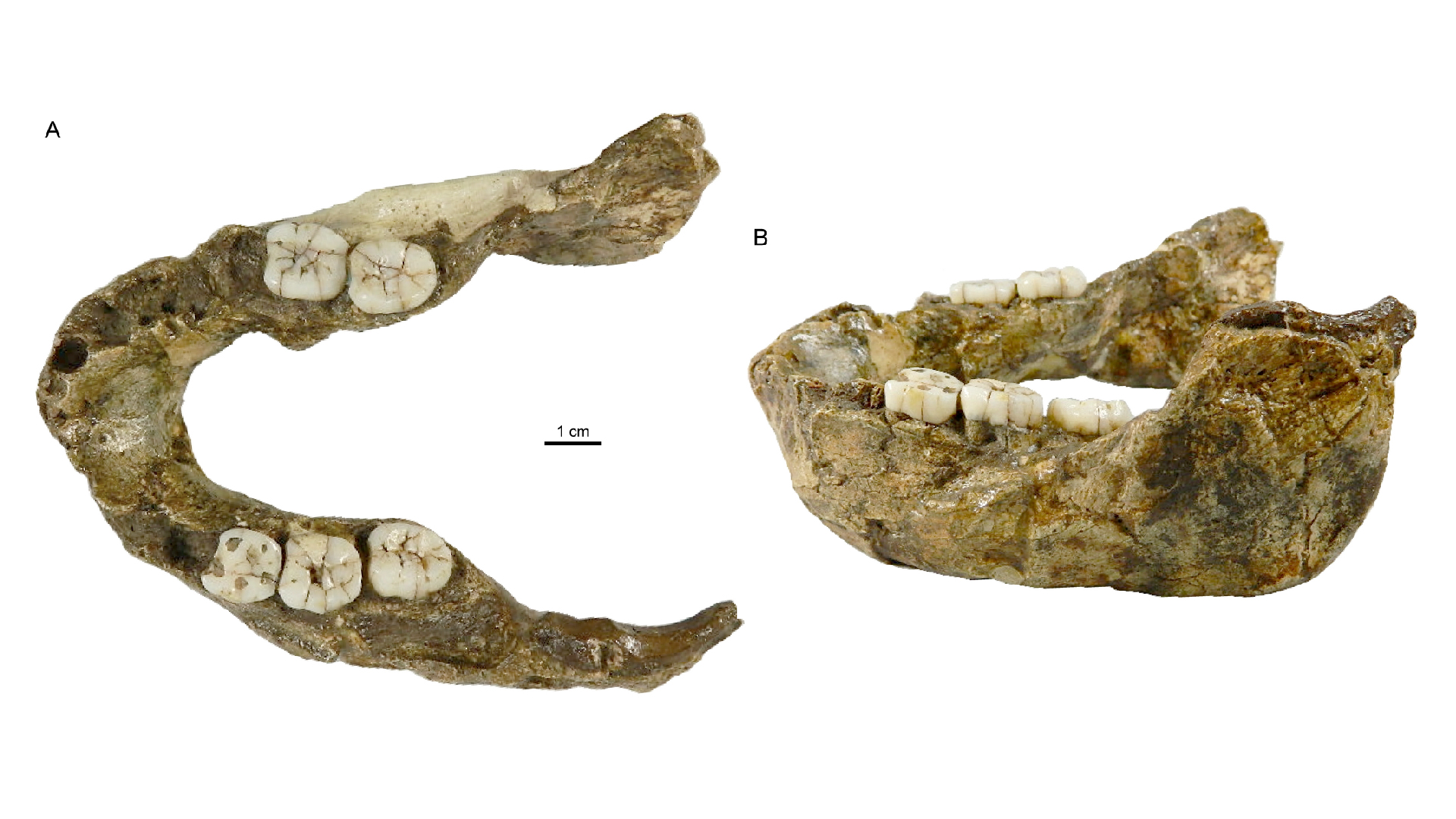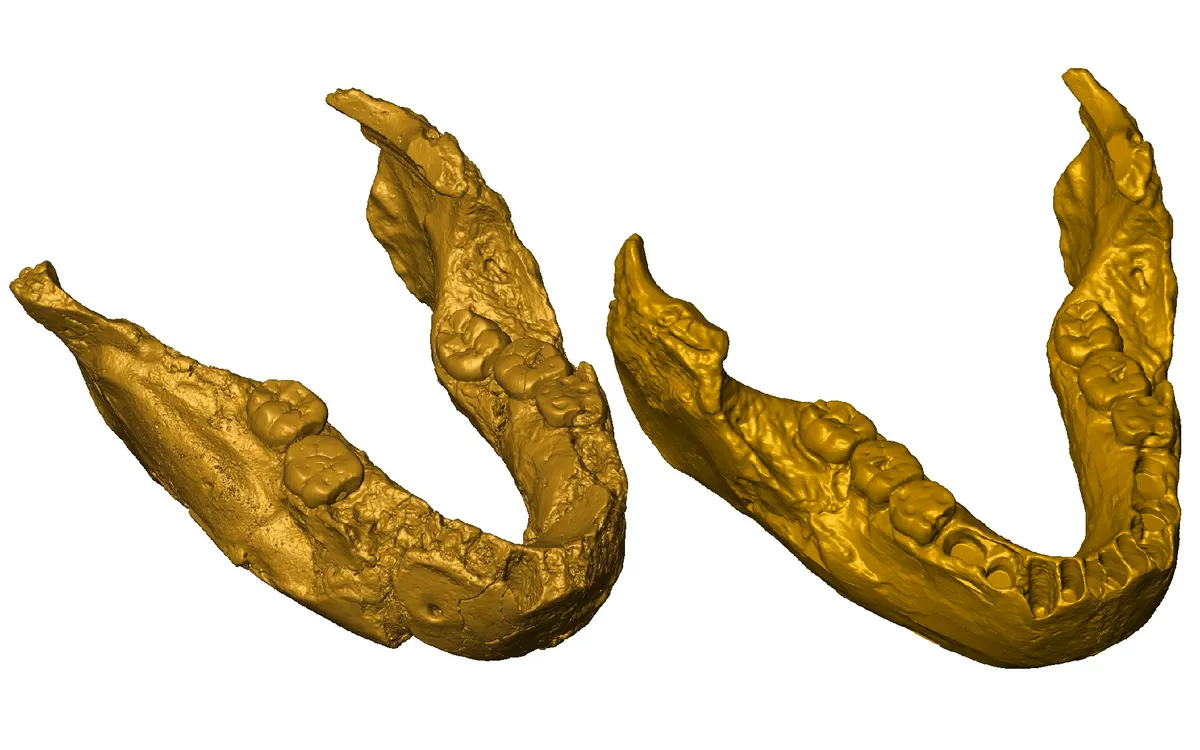A recent study has identified a previously unknown human relative from the genus Paranthropus based on a 1.4 million-year-old fossilized jawbone. Paranthropus, often referred to as “nutcracker man” due to its massive jaws and large molars, was a hominin that lived alongside early Homo species. However, the newly discovered species, P. capensis, differs from previously known Paranthropus species by having a smaller jaw and teeth. This finding challenges previous assumptions about the genus and its dietary adaptations.
The Overlapping Existence of Paranthropus and Early Homo
During the period Paranthropus lived, multiple hominin species coexisted. The genus Homo first appeared around 2.8 million years ago, and early human species such as Homo ergaster overlapped with Paranthropus. Before this discovery, scientists recognized three Paranthropus species: P. aethiopicus, P. boisei, and P. robustus. The new fossil, found in Swartkrans, South Africa, provides further evidence of the diversity within the genus and sheds light on potential interactions between different hominin species.

Originally discovered in 1949, the fossil, named SK 15, was initially thought to belong to an unknown species called Telanthropus capensis and later reclassified as Homo ergaster. However, recent X-ray scans and 3D modeling revealed unique structural characteristics that set it apart from any known Homo species. The extreme thickness of the jaw and the long, rectangular molars were unlike those found in Homo, leading researchers to conclude that SK 15 belonged to Paranthropus instead.
Identification of Paranthropus capensis
Further analysis of SK 15’s teeth structure confirmed that it did not match any previously identified Paranthropus species. Unlike the robust and large-toothed P. robustus, P. capensis had a smaller jaw and teeth, suggesting differences in diet and ecological adaptation. The findings indicate that at least two Paranthropus species coexisted in southern Africa 1.4 million years ago, each likely occupying different ecological niches. While P. robustus had a specialized diet suited for tough plant material, P. capensis may have consumed a more varied diet.
This discovery raises new questions about the evolutionary history of Paranthropus. Researchers are uncertain whether P. capensis was an evolutionary dead end or part of a longer lineage. Due to the scarcity of early hominin fossils across Africa, there could be more undiscovered Paranthropus species that survived longer than currently known. Future research and fossil discoveries may provide further insights into the role of Paranthropus in human evolution and the diversity of early hominin species.
